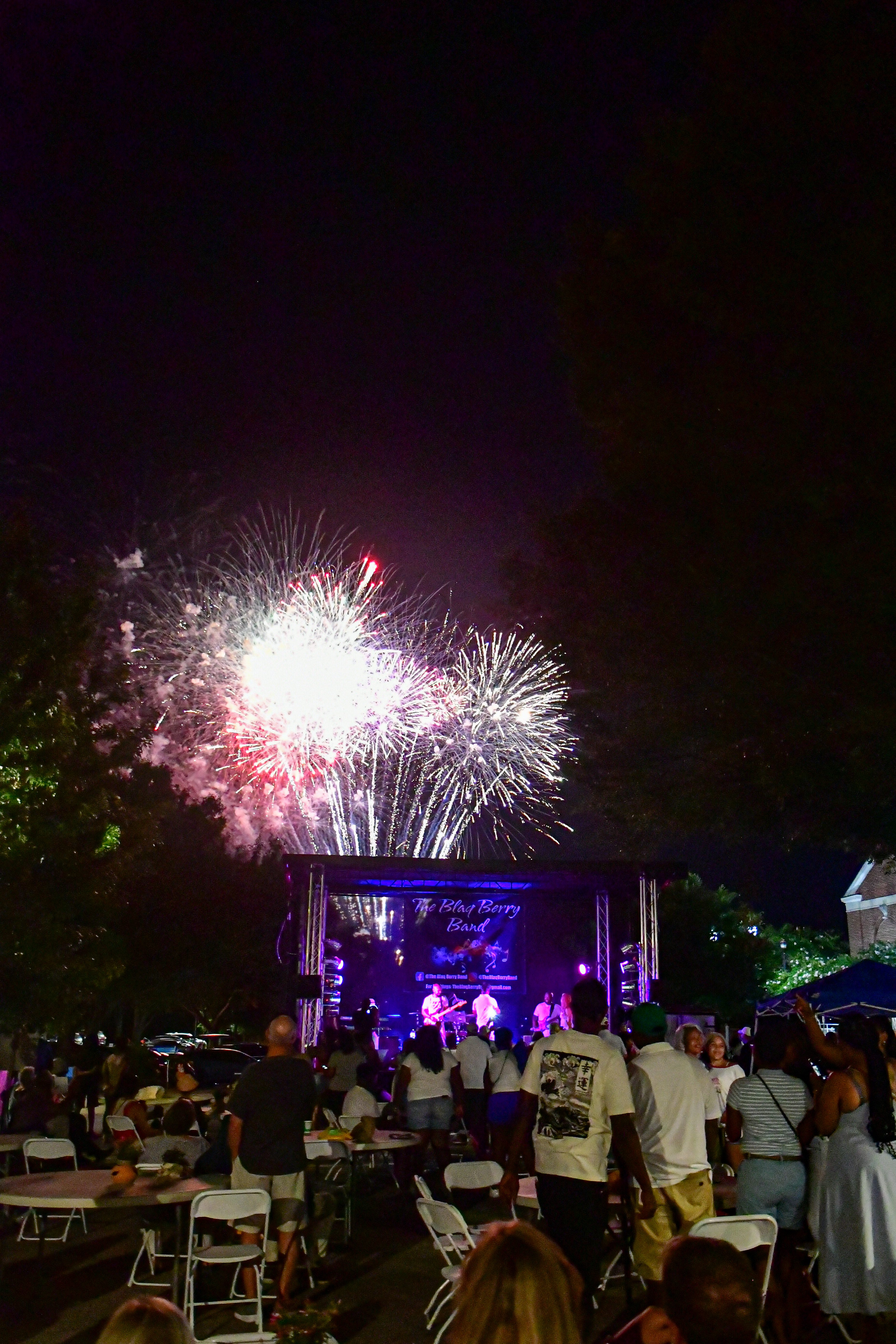Catching Winter Crappie in Lakes Oconee and Sinclair
Published 4:36 pm Tuesday, December 2, 2008
Winter is still officially a few weeks away but colder temperatures have arrived and that has set in motion those changes that move us from fall angling to winter angling. The water temperature has now dropped into the mid to upper 50s and the lake will not warm much if any above the present temperatures until spring arrives. More likely the water temperature will continue receding into the mid to upper 40’s over the course of the winter.
The best winter angling will normally consist of fishing in front of the winter high-pressure fronts that normally drive air temperatures low and barometer readings high. That combination generally adversely impacts the fishing by shutting down the bite. The better time to fish in winter is ahead of weather fronts or after a period of relatively warm stable weather.
Having said all that, the question becomes where can anglers find wintertime crappie and what lures are best to use? The crappie have already begun their move to deeper water where they will spend the winter. The crappie becomes for the most part a creature of deeper water with only occasional forays to shallower water on warm days. Crappie will move deeper and deeper as winter progresses and as the water temperature drops.
The crappie will usually be located close to some type of underwater structure and/or cover. This might be rocks, bridge pilings, rip-rap, underwater trees, man-made brushpiles, creek channels, ledges or deepwater stumps. At times, they will be really tight to the structure/cover and hugging the bottom and at other times they will be found suspended off the bottom several feet.
The best locations to find crappie during the winter are locations where the crappie can move vertically up and down the underwater structure/cover several feet. The crappie will move up and down the structure/cover depending on temperature, water conditions and the weather. The crappie might be found at 14 feet one day and 25 feet the very next day.
The standard crappie jig is a good wintertime lure for crappie, just as it is during the spring. Trolling is a favorite technique for wintertime anglers but winter crappie can be caught using other techniques including shooting docks, jigging and drop-shotting.
Anglers who shoot docks can at times catch good winter crappie around deeper docks that contain brushpiles. Crappie will move to those areas after a few warm and stable days but will not take up permanent residence. However very large crappie will make a move to the docks much sooner than what is considered to be the spring crappie spawn. I catch some of my biggest crappie of the season in late January and early February shooting docks.
Bottom jigging with crappie jigs and small spoons will also take a good number of winter crappie. A small tube jig on a small jig head can be deadly when you find a good school of bottom dwelling crappie. Small silver and gold spoons like a Hopkins or The Little Cleo have been my choice since they seem to catch bigger fish. I often catch large crappie when fishing for largemouth bass with a larger jigging spoon.
The drop-shot rig has become an excellent technique for catching winter crappie. The rig allows you to fish a standard crappie jig or minnow at any depth the crappie may be holding by varying the distance between the sinker and crappie jig. The drop-shot rig can be fished by not moving the jig at all or by occasionally shaking the jig. This is an extremely deadly technique when you find a school of crappie bunched up on or near the bottom.
Right now, the crappie can still be found in the mouths of coves and in the creeks. They are still in relatively shallow water and trolling jigs and minnows is the technique of choice. Trolling will remain a good technique at times during the coldest weather but locating the crappie that will be constantly moving will take patience. Remember the crappie will move deeper and be near or on the bottom during winter so adjust your trolling accordingly.
The number one adjustment that most anglers fail to make in winter is the speed of their lure presentation. All fish are affected by cold water that slows their metabolism. Regardless of what lure you use during the winter season, you most S-L-O-W down the speed with which you move the lure. The crappie will bite but they will not chase a lure aggressively.
The crappie bite during cold weather can be almost undetectable. Using the lightest line possible and super sensitive rods will help detect the crappie’s light bite. So for some good winter crappie fishing bundle up, use some of the techniques I have mentioned and be patient. Good fishing and see you next week.





